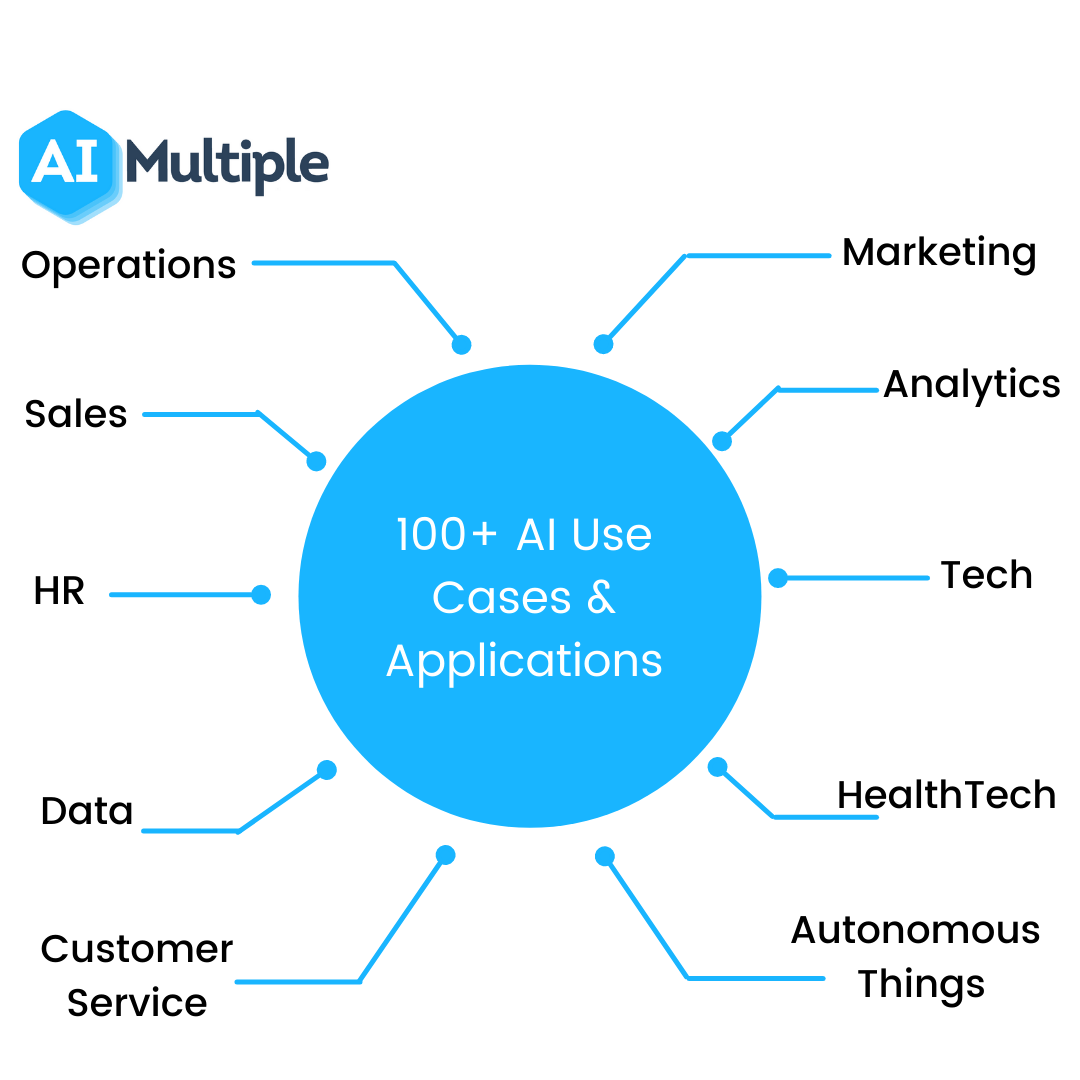Identify Use Cases: The first step in implementing AI in your business is to identify the areas where it can be most effective. Common use cases include predictive analytics, chatbots, and image recognition.
Define Your Strategy: Once you have identified the use cases, you need to define your AI strategy. Determine how AI can help you achieve your business goals, and allocate resources accordingly.
Choose the Right Tools: Select the right AI tools based on your business needs and budget. Popular AI tools include Google Cloud AI, Microsoft Azure AI, and IBM Watson.
Data Preparation: Prepare your data to ensure it is clean and properly formatted. This is critical for accurate AI predictions and insights.
Implement AI: Implement AI by training models, testing them, and integrating them into your business processes. This may involve working with AI experts or hiring new talent.
Measure Success: Measure the success of your AI implementation by tracking metrics such as accuracy, efficiency, and ROI. This will help you refine your AI strategy and identify areas for improvement.
By following these steps, you can effectively implement AI in your business and gain a competitive edge in your industry.





